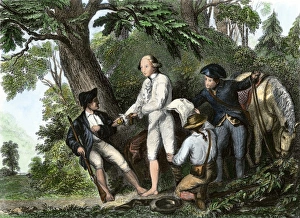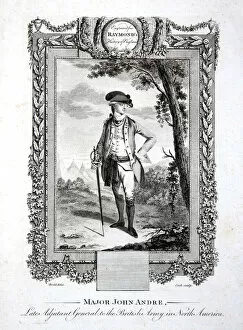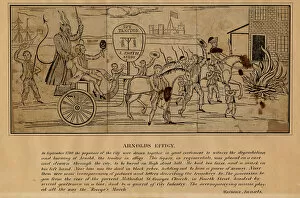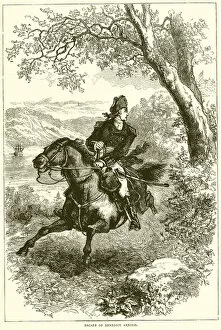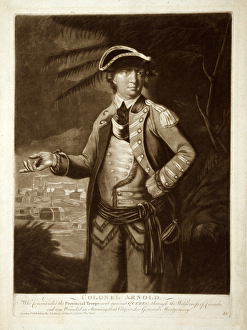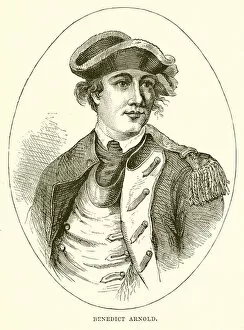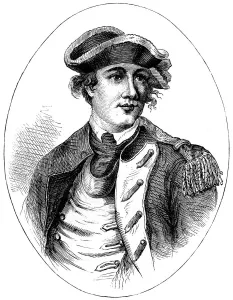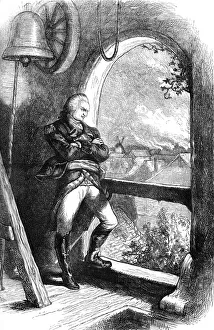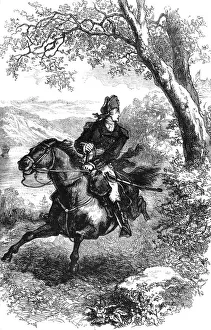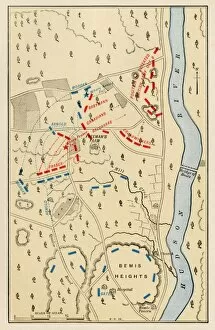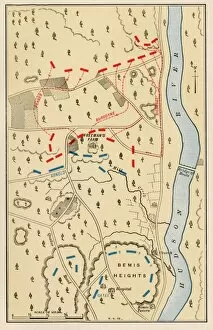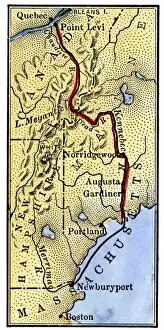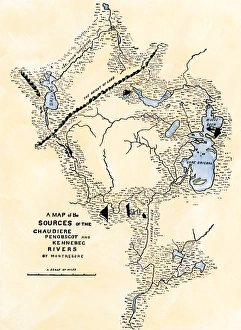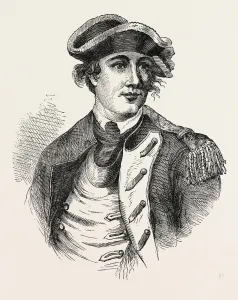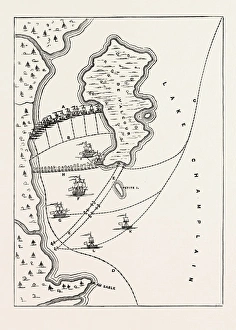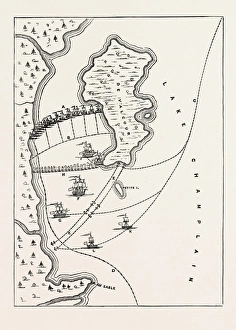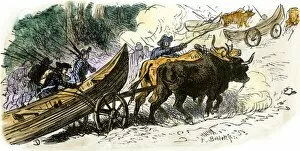Benedict Arnold Collection
"Benedict Arnold: The Infamous Traitor Unveiled" In the annals of American history, few names evoke as much disdain and betrayal as Benedict Arnold
All Professionally Made to Order for Quick Shipping
"Benedict Arnold: The Infamous Traitor Unveiled" In the annals of American history, few names evoke as much disdain and betrayal as Benedict Arnold. His treachery was exposed with the arrest of Major John Andre in 1780, revealing a plot that would forever stain his legacy. As late Adjutant General of the British army in North America, Andre's capture shed light on Arnold's true allegiance. Engravings depicting an effigy of Arnold and his daring escape further cemented his notoriety. Once a respected Colonel who commanded Provincial Troops sent against Quebec, he had now become synonymous with deceit and disloyalty. The engravings captured both sides of this complex figure - one showcasing him as a valiant leader, while others portrayed him as a cunning turncoat. The most infamous image portrays the capture of British spy Major John Andre himself – a stark reminder of how close Arnold came to succeeding in his treasonous plans, and is said that this event marked the turning point for many Americans who were once sympathetic to their former comrade-in-arms. General Arnold's life spanned from 1741 to 1801, but it is those fateful years during the American Revolutionary War that define him. A c1880 engraving immortalizes him as a general leading troops into battle – an ironic depiction considering how he ultimately turned against his own countrymen. One cannot forget the haunting scenes depicted in another c1880 engraving - Benedict Arnold viewing the destruction of New London in 1781. This visual testament serves as a grim reminder that even after betraying his fellow patriots, he continued to inflict pain upon them until the bitter end. Arnold's audacious escape from justice only added fuel to public outrage and condemnation towards him. Another c1880 engraving captures this moment when he slipped through their grasp like smoke dissipating into thin air.

